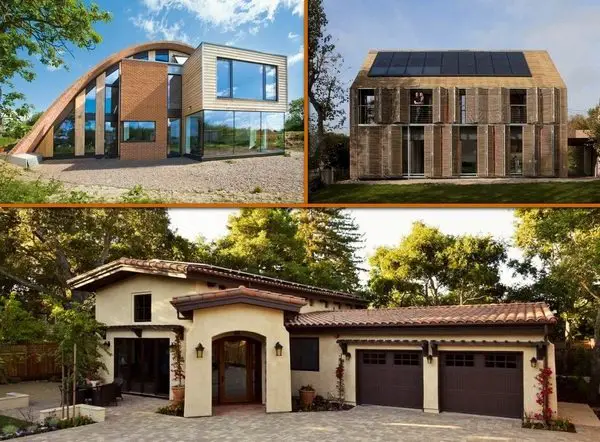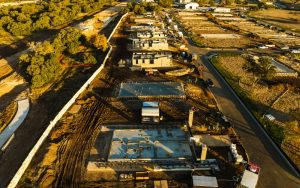Guest Blogger – Leonard Smit
OMG!!! There’s a fly in the house!! True story – there was a fly in our house a few weeks ago. Y’know ….. those big, ugly, buzzy things? We don’t see them often any more, despite living in a semi-rural area with cows and sheep and other things that poo and attract flies.

Flies? Cows? Where do those fit in with super insulated houses?
Some background
When designing our new family home in New Zealand, I was determined that it would be pleasant and comfortable to live in, inexpensive (compared to average) to build, have low running costs (unlike the rental we lived in for ten years), but still be as light on the environment as bank balances and a conventional suburban context would allow. I quickly realised that I needed to understand a whole bunch of technical and scientific stuff if I was to have any possibility of sensibly balancing all these often competing factors.
This is not the story of a house build – although I will draw on examples that came out of our build. It’s about my non-expert (and often limited) understanding of those relevant technical and scientific factors that increase the ‘liveability’ of a home. It’s not a blow-by-blow account of a house build.
Information overload?
There is a lot of information out there in Internet land. But it’s often couched in confusing technical terms/jargon, or it’s skewed or distorted by vested interests. That makes it difficult to follow, even for a technical person. And unfortunately, there are many, many information sources that are just flat out WRONG.
To be honest, despite being a mechanical engineer in a previous life, there were many times when I found myself completely out of my depth. I found the best way of extracting value from information was to use principles and key points.

Still with me? Then let’s move on…
Why would I want a ‘super insulated’ home?|
OK – so why would I want to live in a super insulated house? Unlike many things, the reasons are simple, clear and fairly convincing. These are the key advantages;
- Good comfort levels in every room
- Fantastic air quality in every room (yes, even the ‘loo)
- Low running costs
- ‘Green’ness
- Very low dust levels
- Very few insects
You get ALL these things ALL the time with a super insulated house – you don’t need to choose one over the other. So if you like the company of little crawly things, or stinky rooms, or drawing pictures with your fingers in the dust – sorry, these homes aren’t for you.
But… it’s no use to most of us if these advantages are only available from a ‘premium’ house. Have you noticed that so many ‘green’ houses cost megabucks and are aimed squarely at the high cost end of the market? Infuriating, isn’t it?
You can choose to build a mega-expensive version but the good news is that there’s no need for a super insulated house to cost more than a conventional house! In fact, they can even cost LESS to build than a conventional house! Now add in the lower running costs and you have a real winner.
What this means in plain English is that a super insulated house is a very pleasant and economical place to live in. Sure, if you’re one of those sickos that estimates their personal value from what they spend, knock yourself out; spend up big and make it really, really expensive. But it’s entirely optional… and kinda asinine.
What is it?
In concept, a super insulated house is very simple, and although we’re talking about houses, the concept works just as well for just about any type of building and a wide range of construction techniques. The four critical design elements of a super insulated house are;
- Thermal insulation – lots and lots and lots of it!
- Minimal thermal bridging
- An air tight building envelope
- Controlled mechanical heat recovery ventilation (MHRV)
A super insulated house will be heated to a large extent by the combination of the body heat of occupants, solar heat gain, lighting, domestic appliances and other electrical equipment.
Still important, but slightly further down in the scale are;
- Moderate use of glazing
- Solar heat gain management
- Internal thermal management
Although not part of the super insulated concept, useful things to think about include;
- Daylighting
- Composting
- Grey water re-use
- Embodied energy
- Carbon footprint
What it isn’t –
- It’s not magic. The laws of physics apply, and they completely ignore intuition, perceptions, wishful thinking, politicians, lawyers and (my personal favourite) optimists. Physics even kicks common sense into touch. Ignore it at your peril.
- It’s not zero energy. Particularly low or high outdoor temperatures will require some internal energy input to maintain reasonable comfort. But the amount of energy needed is much lower than a conventional house. As an example, we easily heat and cool our entire 165 m² house with one modest sized (900 W), single room heat pump.
- It’s not an overall assessment of the ecological impact of a structure, but as we see later, it accounts for most of the really important stuff.
Continued Page 2…





